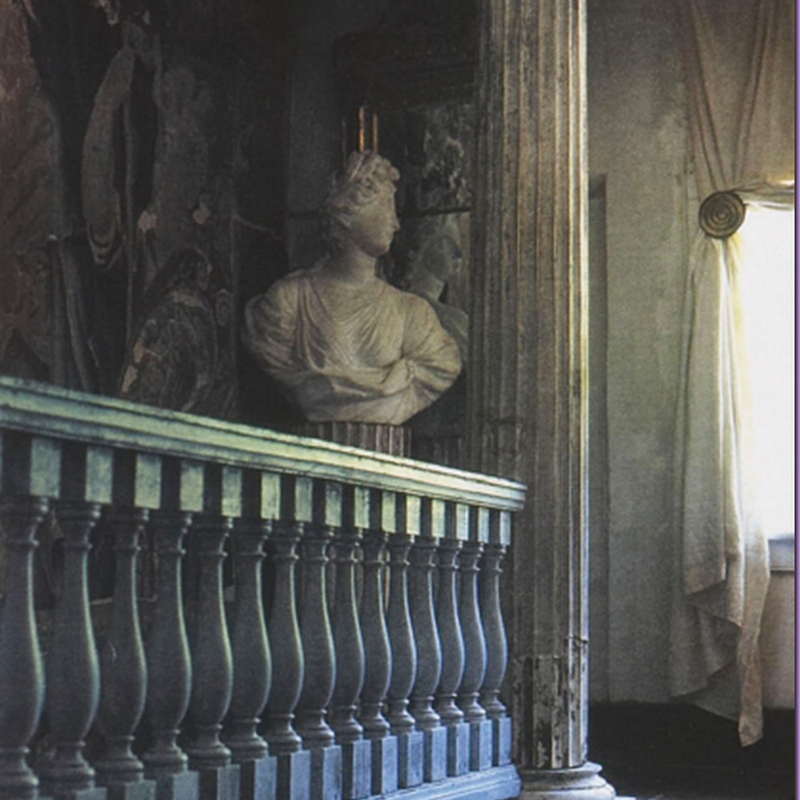

Vogue Living attempts to recreate a Vermeer painting.

Secret Knowledge, written by the great British artist David Hockney, espouses a theory that the art of the Great Masters was done with the help of a lens, a camera obscura. Lenses, which have long been rumored to have somehow been used by the Great Masters, are extensively examined in this book. To help illustrate his theory, Hockney developed a wall of art, where he hung art works from the beginning of time up until and through today. The middle section of this wall of art, which is pictured on the cover of his book, is the era of the Great Masters such as Vermeer and Caravaggio. The wall of art helps to put into perspective the phenomenal realism with which the Great Masters painted. The changes in artistic expression from the Renaissance period to how the masters painted is staggering. How was this done? What precipitated the changes? How did artists suddenly and profoundly begin to paint in a style that was so realistic the art truly looked like photographs?
Hockney spent years developing his theory and was met was great resistance when his book was first published. He postulates that these great works of art are truly tracings of images projected by a lens, or a camera obscura, that produced what amounted to a modern photograph.
Another researcher who studied the artist Vermeer exclusively and his use of the camera obscura is Philip Steadman. You can read a synopsis of his theory here. Steadman recreates the room in which Vermeer painted his masterpieces and proves, without a doubt to many art researchers, that Vermeer's paintings, which although are undoubtedly masterworks, nevertheless, are actually tracings of photographs produced by the camera obscura.
In the years since Hockney's book was first published, his theory has met with less and less scepticism. His book is fascinating and easy to read with pages upon pages of illustrations that show how Hockney reached his conclusions. If you haven't read it and you appreciate the art of the Great Masters, please consider giving the book a try. You will be fascinated, but be forewarned, you won't look at this body of art in the same way again.

Steadman's book on Vermeer and his use of the Camera Obscura.

A page from Hockney's book which juxtaposes the changes in which faces were painted during the Renaissance and later by the Great Masters. The bottom two faces look more like photographs than paintings.

Here in a page from Hockney's book, he reproduces how a Great Master may have used the camera obscura. The book is filled with other examples of how Hockney tries to prove his theory.

An example of the camera obscura and how it works.
Post Title
→Vermeer and the Camera Obscura
Post URL
→https://porobligacin.blogspot.com/2007/10/vermeer-and-camera-obscura.html
Visit PoR oBliGaCióN for Daily Updated Wedding Dresses Collection







